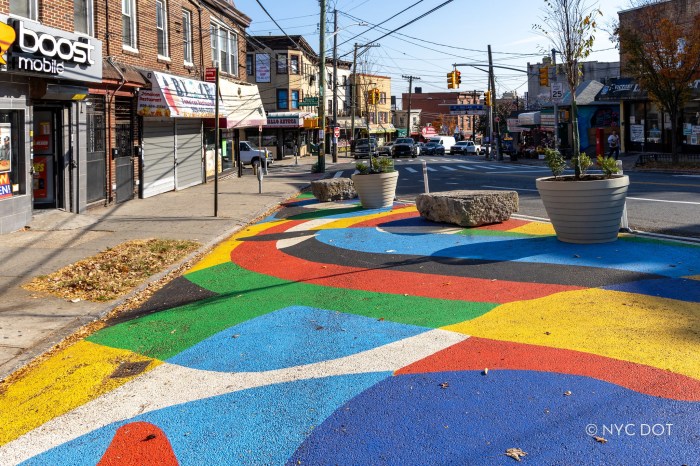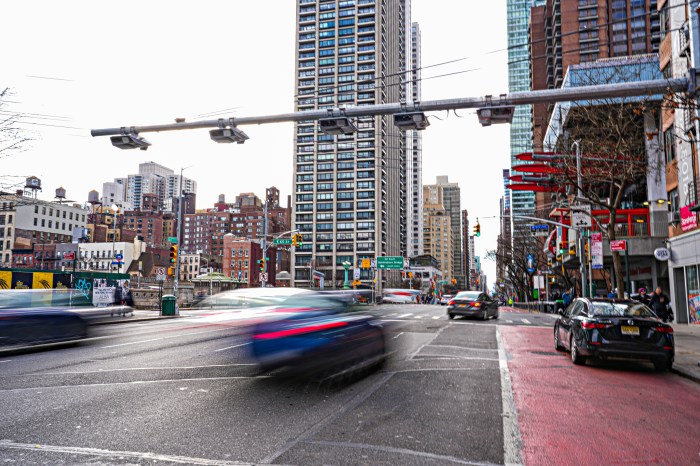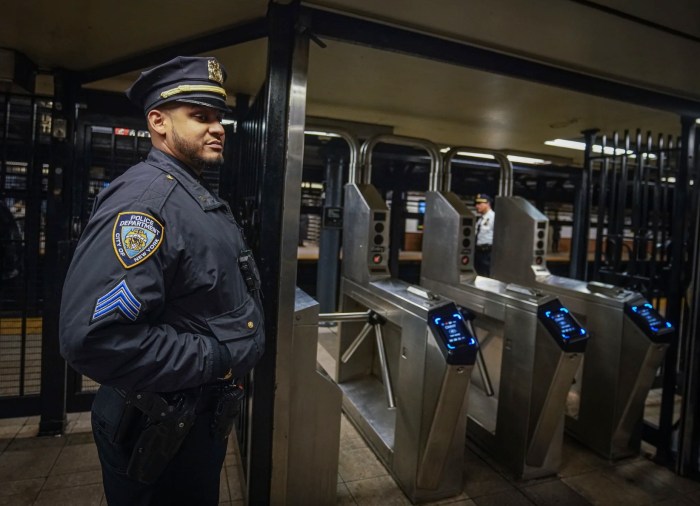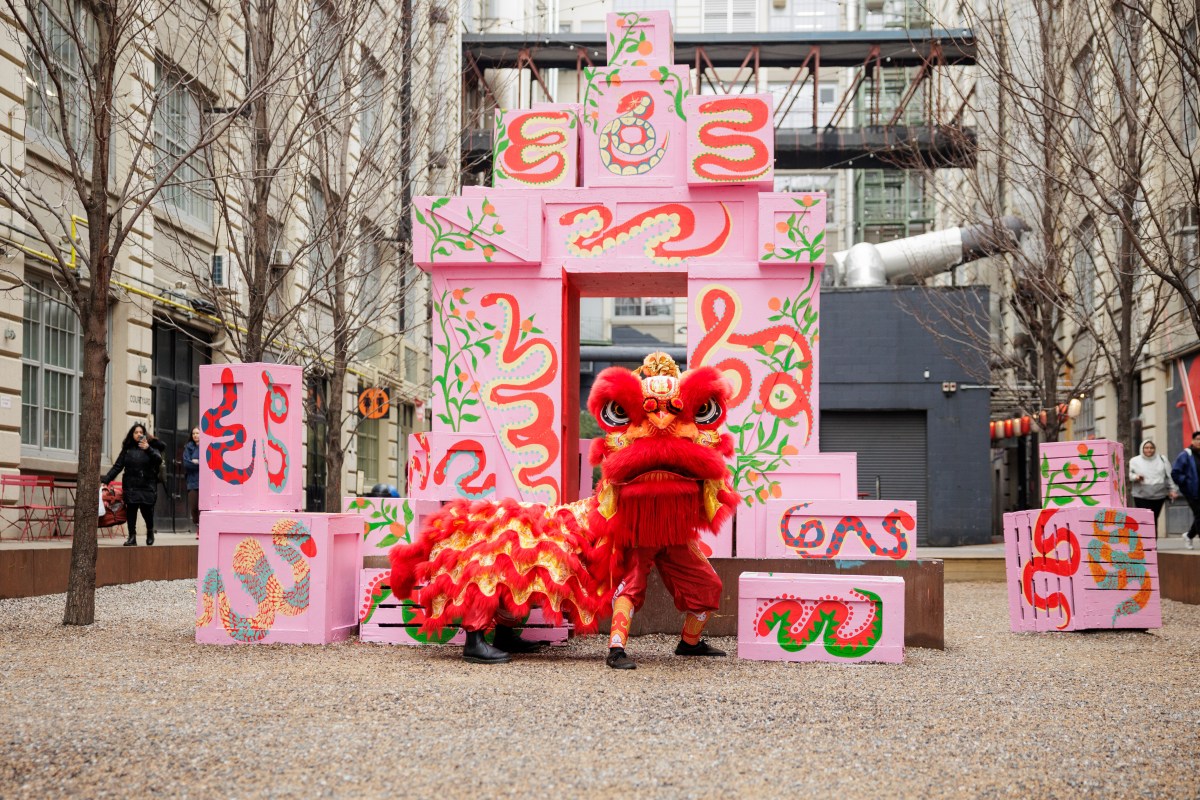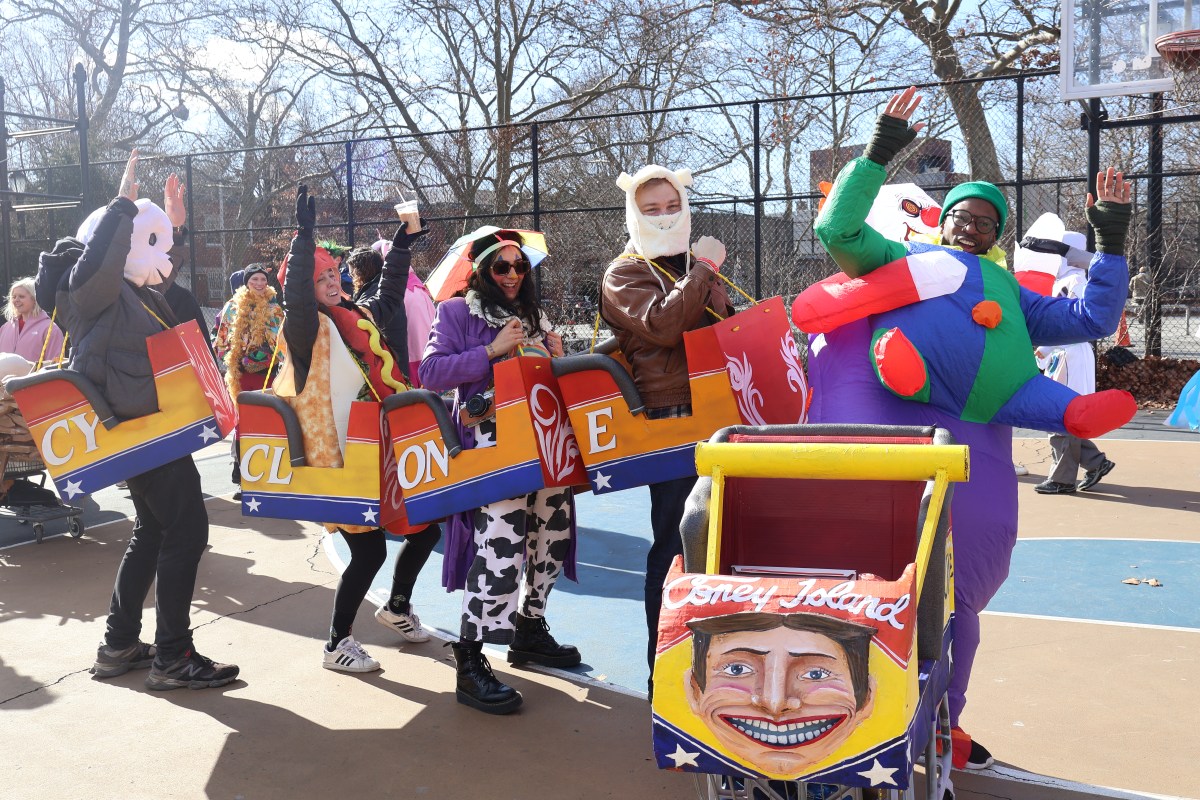
The MTA on Monday touted steadily improving subway service as riders wait to feel a difference.
As state lawmakers debate creating new revenue streams for the transit authority, officials at the MTA said they’re getting their act together. Under NYC Transit President Andy Byford, the authority has successfully reduced 10,000 delays in each of the last six months, while also increasing the share of trains running on time and limiting the number of major incidents that delay 50 or more trains.
“If we invest in this subway system, combined with improving operational excellence, our customers will see sustainable month-over-month improvements as they have over the last several months,” said MTA President Pat Foye at a news conference on Monday. “The improvements are real. They’re tangible and they’re growing.”
But many riders waiting for their trains on Monday said they are still waiting to feel that lift — especially with another fare hike coming at the end of the month.

“I would say definitely not, they’re wrong,” said Kyle McCarthy, 30 who lives upstate and commutes to his job as an elevator mechanic in the city. “And with proposed rate hikes coming up, I would expect them to be a lot better than 75 percent.”
McCarthy was referring to the on-time performance of weekday trains, which reached 76.4 percent in February, the most recent data available. While other systems — admittedly not running 24-hour service — can hit 90 percent on-time performance, February’s stat marks a significant increase from the same point last year, when the MTA’s weekday trains met a 61.7-percent on-time performance.
“I haven’t noticed a change,” said Doug Ray, 61, of Fort George in upper Manhattan. “I have lived here for 40 years; it’s par for the course. The city has all kinds of frustrations and you just deal with it.”
The MTA, along with Gov. Andrew Cuomo, is pushing for state lawmakers to pass a congestion pricing blueprint for Manhattan that could net $1 billion annually for the MTA, and approve other new tax-related revenue streams, through the state budget due April 1.
That new money would help fund Byford’s plan to modernize the subways’ ancient signal system; remap each borough’s bus network and dramatically increase the number of subway station elevators — all at a cost of about $40 billion to be spent over a ten year period.
Ray, even as an upper Manhattan resident, said he supports congestion pricing to stave off higher fare hikes that could come instead — plus "traffic is insane," he said.
Byford and other MTA officials are quick to note that they are not satisfied with the current levels of service, but are pleased with the upward trends. February subway data was released ahead of schedule to get the message out.
Byford announced Monday that he will increase the current target to reduce 10,000 delays each month to 18,000. The transit president said he’d like to see the subways’ on-time performance hit 90 percent — and new funding would be critical for that goal.
“There’s an upper limit — a law of diminishing returns — in terms of what we can achieve from the existing system," he said. "But what we’re talking about today shows that through better management and through sustained investment you can turn around even the existing system.”
Several riders on Monday complained that they avoided weekend service as much as possible, when the MTA institutes a dizzying array of service changes to accommodate planned work on the system. Byford has said that he’s fine with losing those riders in the short term to make way for long-term improvements.
But a few commuters did feel something in the air underground.
“I noticed that they’re trying,” said Sergio Jimenez, 23, a writing instructor who lives in the northeast section of the Bronx. “I know they have a lot of construction happening and so they’re trying to work with us on that end. I’m learning to adjust my schedule.”
Gregory Werbowsky, of Bushwick, said he remarked during a business meeting Monday morning that he felt the subways were improving.
“I feel like they’re a little bit better,” said Werbowsky. “They need to be better, that’s still very much on the table.”
Sally Librera, the MTA’s subways chief, said she understands that shaving time off commutes makes a real difference in lives.
“Those seconds may not seem like much, but if we think about it in terms of the average New York — the average New Yorker who takes multiple trips every day … those seconds add up,” Librera said. “They add up to minutes, to hours, to time that people can spend with their families or their friends, rather than waiting on platforms or riding on trains.”



